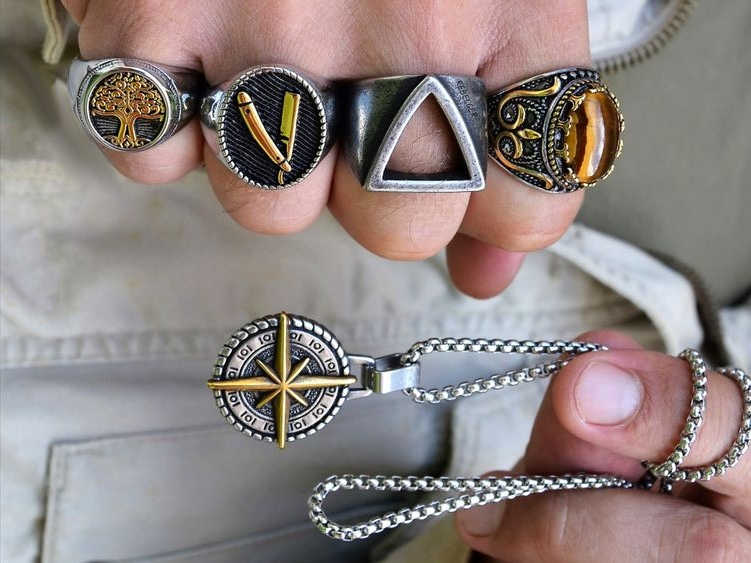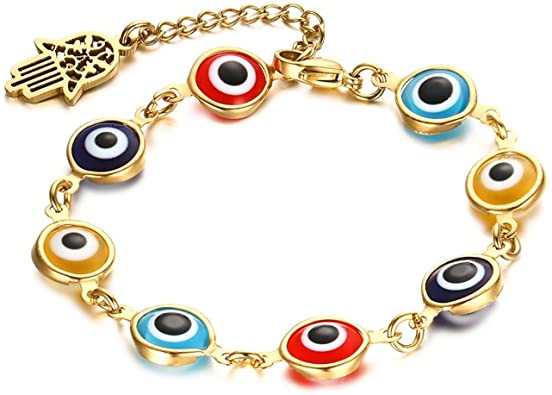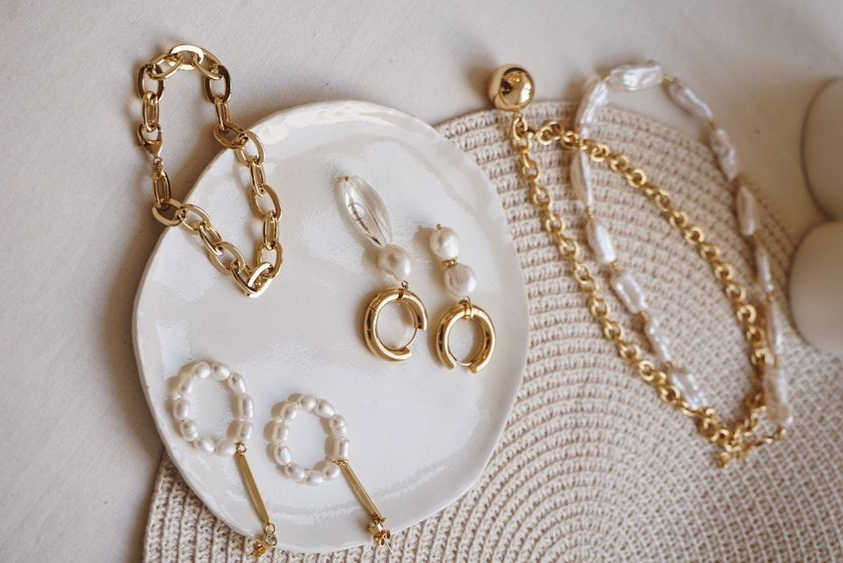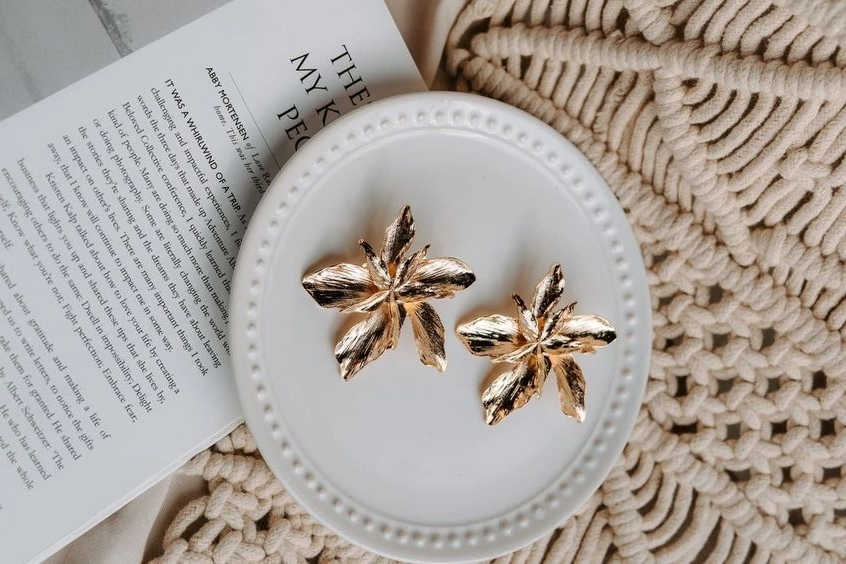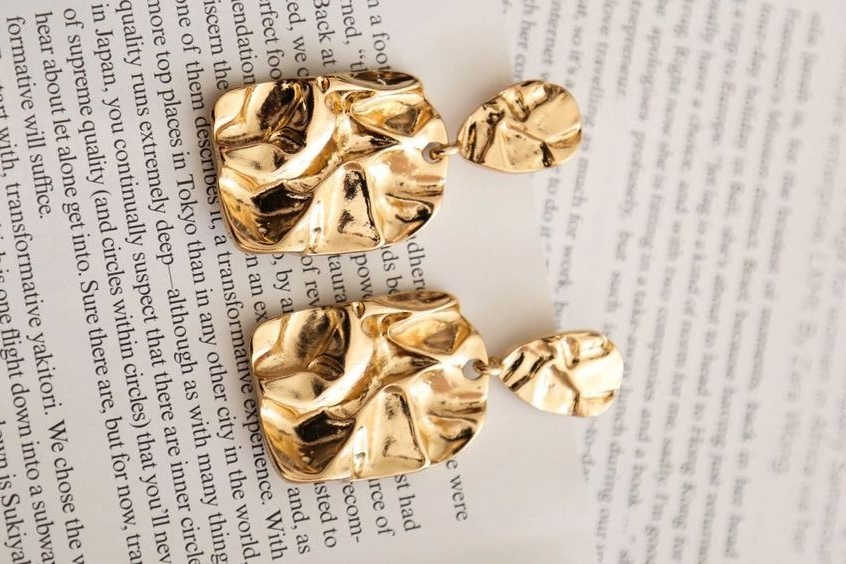We all have favorite jewels that we like to wear. But some of them just can’t stand constant exposure to the different weather. The elements in the air will react with them to form a tarnish layer.
The good thing is that most precious jewels never tarnish unless you have an alloy metal.
Gold will not tarnish, but neither will platinum niobium and titanium. Silver, however, is famous for tarnishing that’s its major downside. There’s very little you can do to keep silver from tarnishing.

As a result, you have to learn how to clean it. If you use copper, silver, or brass, you can expect to have tarnishing.
You don’t have to leave home when it comes to cleaning the tarnishing.
Mild soap and water
There are metals that you can comfortably clean just by using soap and water. The brass and copper tarnish will quickly come out when you use soap and water. In this case, you can also use dishwashing detergent. The water, in this case, should be hot but not boiling too.

So mix the hot water with the dishwashing detergent and then stir to lather before you drop in the jewels that you have. Soak it for about fifteen minutes and then gently rub it to get the excess tarnish out, and if it’s still stuck, you can use the next steps.
But if it got cleaned, you can remove it and then rinse it with warm water. Finally, use a clean piece of cloth to dry it entirely.
Lemon juice trick
If you try the above method and it didn’t come through for you, you can use another new one to make sure you clean the tarnish.

- Make lemon juice using the raw lemons and then mix 1 part of the lemon juice and that of water.
- Put the mix in a bowl and then place the jewels in the bowl with the mixture.
- Allow it to settle for 10-15 minutes. During this time, the tarnish should dissolve and start to clear out.
- Finish it by rinsing it out to get rid of all the acid.
- Wipe out the excess water to make sure it doesn’t make the watermarks.
Also, you can use the method below.
- Cut the lemon in half and then add salt to the lemon cut surface.
- Rub the salted lemon on the tarnished parts of the jewel. Be gentle because you shouldn’t scratch. When you are cleaning, therefore, follow the grain of the jewel.
- If you have hidden parts, you can also use a soft brush to clean such parts. Make sure you use only a soft brush.
- Once all the parts are cleaned, then you can begin to rinse the jewel. You can use the hot water but not boiling one to rinse out the acid and salts.
- Dry it with a soft fabric and be gentle through the process. You are removing the excess water while making sure you don’t allow the formation of watermarks. Also, let it air dry before you store it correctly.
How to clean it in five minutes
Aluminum foil, salt, and baking soda
Identify the jewels you intend to clean, but if it has some gemstones, then you should clean it with this method as the water and mixture will loosen the glue that holds it in place. You do know that it may start to fall off with time.

Also, this method will work for both cheap and high-end jewels. You aim to make sure it retains its cleanliness.
You should have a pan ready for you to use and, if possible, use the deep pan for the same. Remember to line the pan with the aluminum foil, but have the shiny part of the foil should be up.
Now, do you have the tarnished pans? Lay them correctly on the pan, having each of them touching the surface of the foil. But set them apart to avoid tangling.
Now mix the tablespoon of salt and that of baking soda in the pan. Meanwhile, you can heat a cup of water aside. When it’s heated, you can pour it into the pan with the jewels. Remember, we want the water to be hot but never boiling.
Give it time to mix properly or gently stir it to make sure other ingredients mix up.
You can also add some more water to fill the pan if you need to. But with each addition of the cup of water, you should also add a tablespoon of baking soda and salt. As you would expect, you have baking soda, so it should fizz as it forms bubbles in the process.
Let it settle for about 2-5 minutes, and at this time, there will be a chemical reaction that will clean the jewel of the tarnish. If you want more minutes, you can leave it for about ten more minutes. This is ideal if you have very tarnished ornaments.
Use tongs to remove the jewels from the water if it’s still hot. If you notice that some parts are not yet removed, you can use the soft brush to clean it thoroughly. Finish it all by rinsing it with warm water.
Be gentle and rinse it thoroughly. Then dry it use a soft cloth just making sure it’s nicely dry.
White vinegar and water
You could also use white vinegar and water. It’s your great choice if you wish to use it on the tarnished jewels.
Soak the jewels in the mixture for ten minutes.
Take one part of the white vinegar with one part of the water and put it in a clean bowl or pan. Stir to mix it properly.
Now place the tarnished jewel in the pan or bowl. Use a soft toothbrush to brush the tarnish that may remain in the crevices. Also, keep cleaning the tarnished parts to help remove all of it.
Finally, properly rinse it with warm water and then dry it entirely to avoid watermarks.
A dip in the salt bath
Another way to use in the cleaning of the jewels is the salt bath. Confirm that the tarnished jewel won’t react with your salts water bath. Most precious metals are safe when you are using salt, but you need to be sure.
- Boil two cups of water and then set that in a pan or bowl.
- Add two tablespoons of salt to the water and then stir it.
- Shred parts of your aluminum foil and then add it to the mixture to help react with the silver.
- Put the jewels in the bowl and let it rest for about ten minutes as you watch it do its magic.
- Finally, rinse it with warm and clean water to get rid of the salt.
- Dry it nicely using a soft cloth to avoid watermarks.
Take them to the professional.
When you notice that the damage is worse than you expect, you may know how to handle it; you have professionals to handle it. The jewelers can clean the jewels for you at a cost, of course, so find one reputable one and then let them do the work for you.
What is to tarnish
Of course, you will have a few people still ask to understand what it is. This is a thin layer that will form over the jewel. It happens when a chemical reaction occurs between the jewel molecules and those in the air. It creates a dark color coating that’s darker and not pleasing to look at.
It covers the shiny appearance of the jewel. The reaction will mostly occur on your silver the moment it’s exposed to hydrogen sulfide. If you are talking of silver, then the tarnish doesn’t happen due to oxidation since it doesn’t react with water and oxygen.
I know you may think that the copper will react with the water or oxygen, but then it doesn’t. So basically, in storing the silver in an airtight, can you keep the sulfur in the air.
Which metals will tarnish
If you are going to learn how to remove the tarnish, you may discover which kinds of metals will often tarnish.
Sterling silver
We have talked about it already, but it’s worth mentioning that it will tarnish. It features the use of 92.5% pure silver, and then 7.5% features the use of copper. Now when we expose the sterling silver to the air, it comes to contact with sulfur elements. This will then start forming the green layer; that’s what we call tarnish.
Brass
This is an alloy of copper and zinc. The copper in the alloy will, therefore, oxidize and then tarn. You will notice a green color on your skin, and that is the tarnish we are talking of.
Gold plating/gold filling and gold vermeil over some metal
This will most likely tarnish, but it will depend on the base material. Remember, if you have additional metals like silver or brass and copper, it will tarnish. But other metals may not just because gold by itself doesn’t tarnish.
Copper
Naturally, this one will always tarnish due to the oxidation that occurs in the presence of oxygen. With this, you will also experience corrosion.
What will cause the jewels to tarnish?
The tarnishing occurs when the different elements come to contact with the elements on the outside. But the tarnish level will differ and thus influence the method you use for cleaning the jewels.
Due to abrasions
One of the forms that will cause the tarnish is metallic abrasion. This will happen when your jewels come to contact with cosmetic products that have chemical compounds. Such compounds are harder and will, therefore, overpower the jewel compounds. Also, it will rub it out and leading to the peeling off.
So that’s when you will notice the change in color on your skin. Thus if you are going to use silver, for example, don’t use cosmetic makeups that have titanium oxide, zinc oxide, calamine, and ferric oxide as part of the chemical compounds to avoid abrasion.
Corrosion
When the jewels corrode, then you may sometimes make room for tarnishing too. If, for example, your ornament can’t stand the wet environment, you will start to experience corrosion. If your metals have silver or copper, then it will be susceptible to corrosion.
Exposure to air
If you are using sterling silver, then this is the most common cause of tarnishing. This tarnishing will only happen when the silver comes to contact with the sulfur. Also, if you have moist skin, you will notice the change in color sooner.
Eczema and other elements
If you have an allergic reaction so your skin is forming wounds and you still wear the jewels, it will cause tarnish. If you use the different soaps or lotions or just left the treasure in the humid bath, you will experience tarnish.
How to prevent the tarnish?
You can use almost any method to clean the tarnish, but as you can see, you will need to prevent it from being on the safe side.
Keep it looking dry
The one thing that will tarnish the jewels is when you set it in a moist environment or leave it wet. So you should use the best drying method. Unfortunately, even the cosmetic products we use will cause problems.
Store it right
If you can follow the right storage methods, then you can have it lasting even longer. Keep it in a cool, dry place. The good thing is the most of the jewels today come with storage cases. A zip lock bag is one of the best options. This will keep the air out at all times.
Use tarnish strips to avoid the tarnishing altogether. Sometimes they may not work, but in most cases, they will be useful.
Clean and polish
The other effective method is the cleaning of the jewels right. Remember to wipe off the dirt oils and sweat the moment you remove it. Sometimes you can even use the polish to provide a barrier that will prevent the tarnishing. Sometimes a simple nail polish is all you need.
Set it aside sometimes
You will need to leave it alone at some point. You can’t keep wearing it all the time and expect it to be looking vibrant and shiny.
Ten articles before and after
Best Jewelry Displays For Craft Shows
23 Best American Jewelry Companies You May Want To Know
Top 17 Stainless Steel Jewelry Manufacturers
18k Gold Plated VS 24k Gold Plated What Are Their Differences
Stainless Steel Rings Pros and Cons
